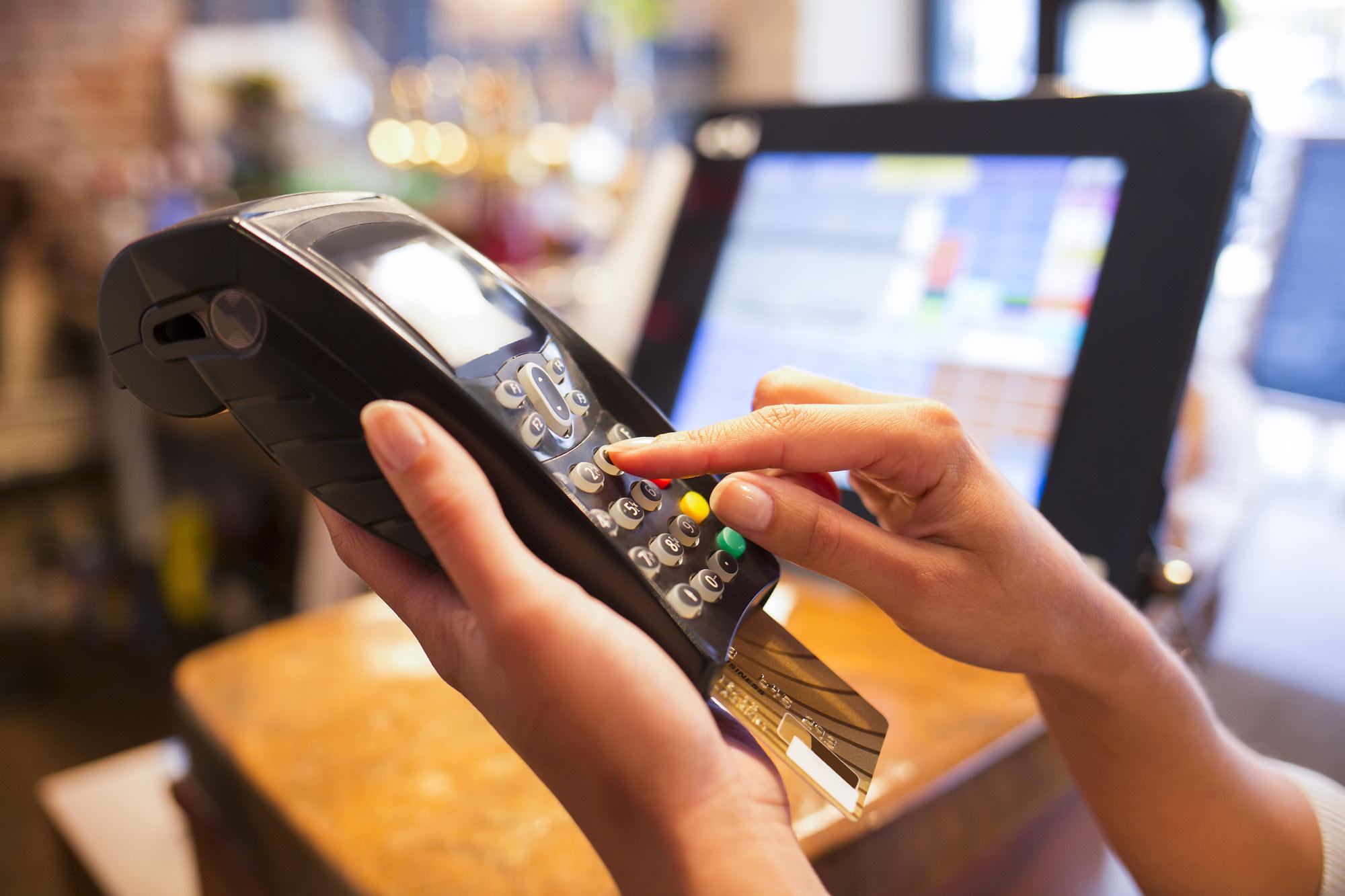POS Payment Market Opportunities in the Retail Sector

The POS payment market has emerged as a game-changer for the global retail industry. As consumer expectations evolve and technology advances, retail businesses are increasingly adopting modern point-of-sale (POS) systems to enhance customer experience, streamline operations, and drive growth. The retail sector, in particular, is seeing a surge in POS innovation—opening up new avenues for value creation, efficiency, and competitiveness.
The Role of POS in Modern Retail
Point-of-sale systems have evolved from simple cash registers into powerful platforms that combine payment processing with inventory control, customer relationship management (CRM), sales analytics, and omnichannel integration. In today’s fast-paced retail environment, having a smart POS system is not just a convenience—it's a necessity.
Key Opportunities for POS Payment Market in Retail
1. Omnichannel Retail Integration
One of the biggest opportunities in the POS payment market lies in enabling seamless omnichannel experiences. Retailers are increasingly selling through multiple platforms—physical stores, websites, mobile apps, and marketplaces. Modern POS systems help synchronize inventory, manage orders, and provide unified customer data across all channels, allowing businesses to offer a consistent and personalized shopping experience.
2. Mobile POS (mPOS) Adoption
Mobile POS solutions are particularly appealing in retail for their flexibility and cost-effectiveness. Sales staff can assist customers on the floor, manage transactions, check stock, and even accept payments—improving service speed and reducing checkout queues. This is especially useful in pop-up stores, seasonal outlets, and outdoor retail environments.
3. Personalized Customer Experiences
Retail POS systems equipped with CRM capabilities allow businesses to track customer preferences, purchase history, and loyalty program activity. This data can be used to offer personalized promotions, targeted recommendations, and customized loyalty rewards—enhancing customer satisfaction and retention.
4. Real-Time Inventory and Supply Chain Management
Accurate, real-time inventory management is critical in retail. Advanced POS systems help retailers keep track of stock levels, set alerts for low inventory, and optimize reorder cycles. Integration with suppliers and warehouse systems ensures a more efficient supply chain and prevents both overstocking and stockouts.
5. AI and Analytics-Driven Insights
Data is the new currency in retail. POS systems are increasingly powered by artificial intelligence and advanced analytics to deliver insights on consumer trends, high-performing products, peak sales periods, and more. This helps retailers make data-driven decisions on product placement, pricing, and staffing.
6. Contactless and Diverse Payment Options
The rise in digital wallets, contactless cards, and QR-code-based payments presents an opportunity for retailers to meet diverse consumer payment preferences. POS systems that support multiple payment methods enhance convenience and improve the overall checkout experience.
7. Cloud-Based Flexibility
Cloud POS systems offer remote access, easy updates, and centralized control—ideal for multi-store retailers. These platforms reduce the need for heavy hardware investment and provide scalability as the business grows.
Growth Potential in Emerging Markets
In regions like Asia-Pacific, the Middle East, and Latin America, the retail industry is undergoing digital transformation. Government policies promoting cashless transactions, increasing smartphone penetration, and rising middle-class consumption are driving demand for modern POS solutions. Retailers in these markets have a massive opportunity to leapfrog traditional systems and adopt cloud-based, mobile, and AI-powered POS platforms.
Challenges to Address
While the opportunities are abundant, the POS payment market in retail faces a few challenges:
-
Cost of Implementation: Small retailers may find the upfront cost of POS hardware and software to be a barrier.
-
Integration Complexities: Syncing POS with e-commerce platforms, CRMs, and ERPs can be technically demanding.
-
Security Concerns: With growing cyber threats, ensuring secure transactions and customer data protection is critical.
-
Training and Support: Retail staff must be trained to use POS systems effectively, and ongoing technical support is necessary.
The Future of POS in Retail
Looking ahead, the POS payment market will continue to evolve in response to innovation and consumer demand. Future POS systems will likely incorporate:
-
Voice-assisted shopping and transactions
-
Augmented reality (AR) integrations for product displays
-
Biometric payment authentication
-
Deeper AI personalization and automation
Conclusion
The retail sector presents a wealth of opportunities for growth in the POS payment market. As shopping becomes more digital, mobile, and personalized, POS systems are playing a vital role in enabling retailers to adapt, scale, and succeed. Businesses that invest in future-ready POS technologies will not only improve their operational efficiency but also create stronger, more loyal customer relationships in an increasingly competitive market.
- Art
- Causes
- Crafts
- Dance
- Drinks
- Film
- Fitness
- Food
- Spellen
- Gardening
- Health
- Home
- Literature
- Music
- Networking
- Other
- Party
- Religion
- Shopping
- Sports
- Theater
- Wellness


